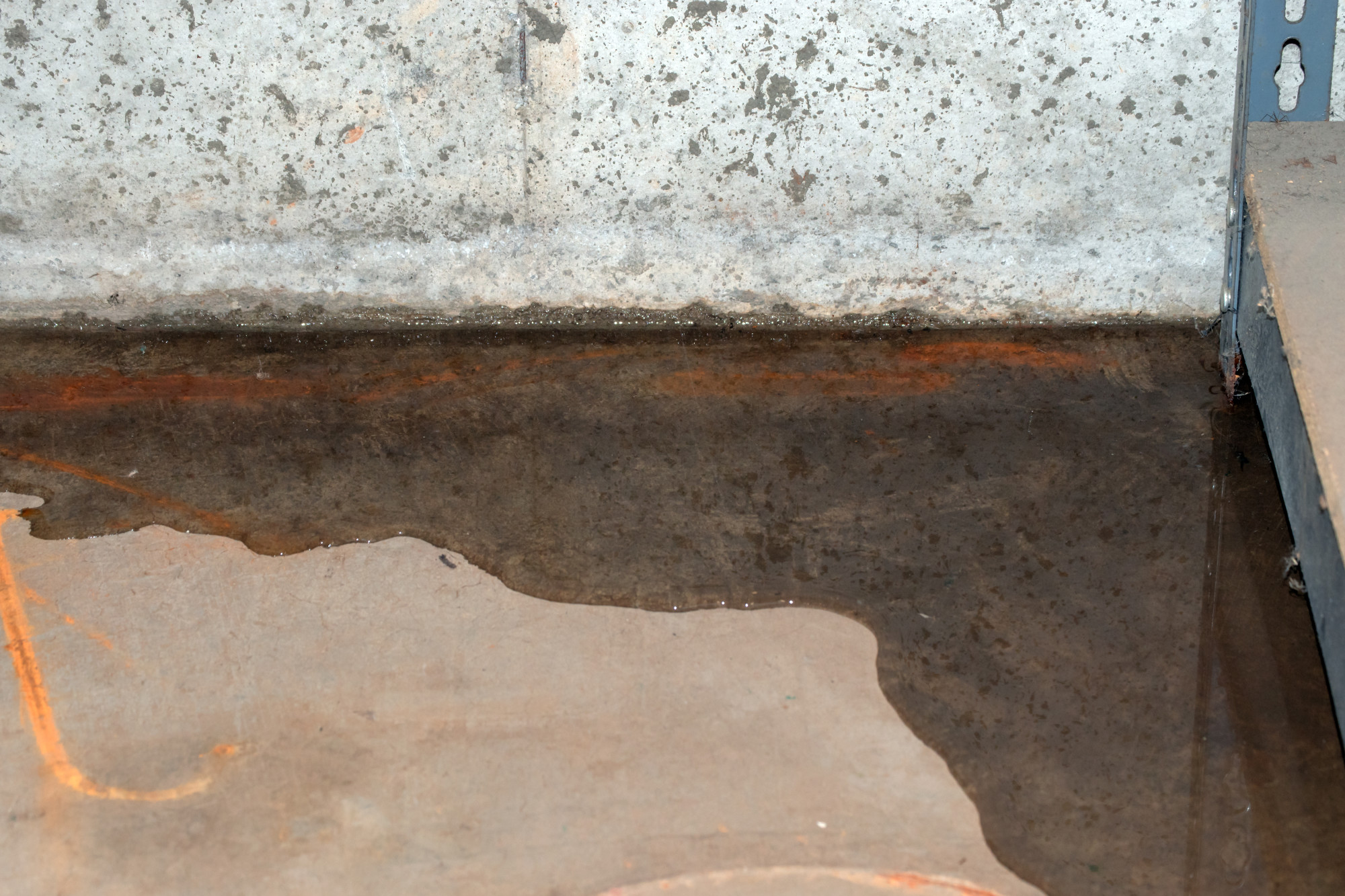 Photo From Adobe Stock
Photo From Adobe StockOriginally Posted On: https://www.sedonawaterproofing.com/pros-and-cons-of-sealing-a-crawlspace-everything-you-need-to-know/
Dark. Damp. Dirty.
When you think about your crawlspace—which may be the last thing you want to do—these may be the words that spring to mind.
Homeowners tend to ignore the dark recesses of the home, but a neglected crawlspace can be a veritable nightmare. Crawlspaces can let in unwanted outdoor issues, like the scorching summer heat, the cold winter chill, or moisture and humidity. They can host uninvited pests, problematic allergens, and even mold and rot.
So how can you make the area more efficient, dry, and useful? Sealing a crawlspace is a great way to clear out these unwanted issues and more. But is this home renovation the right call for you?
If you’re on the fence about it, here are some crawlspace encapsulation pros and cons to consider.
Pro: Prevent Pests from Entering Your HomeNorth Carolina homeowners have to fight their fair share of pests. Depending on the season, the plague at hand may be ants, termites, spiders, or even rodents.
Fortunately, the airtight barrier of a sealed crawlspace means that unwanted insects and critters can no longer enter. Of course, you’ll have to eradicate any colonies of pests currently living in your crawlspace, but no future unwanted guests will be able to enter when the job is done. If you’re concerned about a particular breed of pest, you can even ask your contractor for pest-specific barriers.
Pro: Reduce Moisture in Your CrawlspaceHousehold humidity is a genuine issue in any home, but it can be a bigger issue in homes with crawlspaces. These areas tend to trap moisture, making it a breeding ground for mold, mildew, and fungal growth.
This can be a major health issue, especially if anyone in your home has allergies or asthma. If your crawlspace isn’t encapsulated, you may have found yourself needing professional mold removal to take care of the problem in the past.
If you opt to have your crawlspace sealed, however, part of the process will involve cleaning and prepping your space. This can ensure the resulting encapsulated crawlspace is free of potential health hazards, and the airtight barrier will keep future moisture outside of your home where it belongs.
Furthermore, the seal on your crawlspace can also help protect your home’s foundations. Moisture leads to rot, which can impact the structural integrity of a house, but a sealed home is more stable and better protected overall.
Pro: Increase Energy EfficiencyOnce you’ve made your crawlspace airtight, there will be no more loss of hot or cool air to the outside.
This in turn means that your HVAC system will no longer need to fight so hard to keep your home warm in the winter and cool in the summer. In the long run, this conserves energy and reduces your heating costs over the lifetime of your home.
Pro: Add Storage SpaceAn encapsulated crawlspace is dry, airtight, and sanitary once more. If you have easy access to the area, such as a well-insulated and airtight door, you can treat your crawlspace like any other storage space within your home.
Con: The CostThis is the most obvious of our crawlspace encapsulation cons. On average, a homeowner can expect to pay anywhere from $1,500 to $15,000 for the job. The price will depend on the size of your crawlspace, the supplies, the condition of the crawlspace, and the labor involved.
In addition, as you prepare for the encapsulation, you might run into a few additional costs.
First, your contractor may recommend that you install some additional insulation around your foundation wall to improve the area’s energy efficiency. In addition, if you have wires and pipes running through your crawlspace, you may need to consult with a plumber or electrician to take any safety considerations into account before construction can proceed.
Con: More MaintenanceNow that you’re no longer ignoring your crawlspace, you’ll need to keep maintaining it just as you do any other part of your home. This will include adding regular crawlspace inspections to your annual home maintenance checklist, just to be sure that the area remains properly insulated and well maintained.
Con: Potential HVAC UpgradeAfter your crawlspace has been encapsulated, air movement through your home will be more restricted. This may mean that your HVAC system—designed with the former air circulation in mind—may no longer be as efficient as it once was. This may be more likely if you have a combustion-based furnace or heater.
If your house no longer feels as warm or cool as it used to be in the months following your crawlspace encapsulation, you might need to upgrade your HVAC system to ensure your home comfort.
Con: Lack of StorageOn the flipside of our earlier note, if you do not have access to your crawlspace through a door, you will be losing access to a storage space you may have been using. Continuing to store materials in your crawlspace would require you to break the seal to access them—which negates the benefits of the encapsulation—so you’ll need to find somewhere else to keep them.
Consider Your Next Steps for Sealing a CrawlspaceSealing a crawlspace is a popular solution for avoiding pests, moisture issues, heating inefficiency, and more. However, it also comes with a few drawbacks that you should keep in mind as you consider your next steps.
If you’re dealing with issues like water in your crawlspace or even heavier flooding, it may be time to consider better prevention methods. Check out our blog for more information and crawlspace encapsulation tips.
